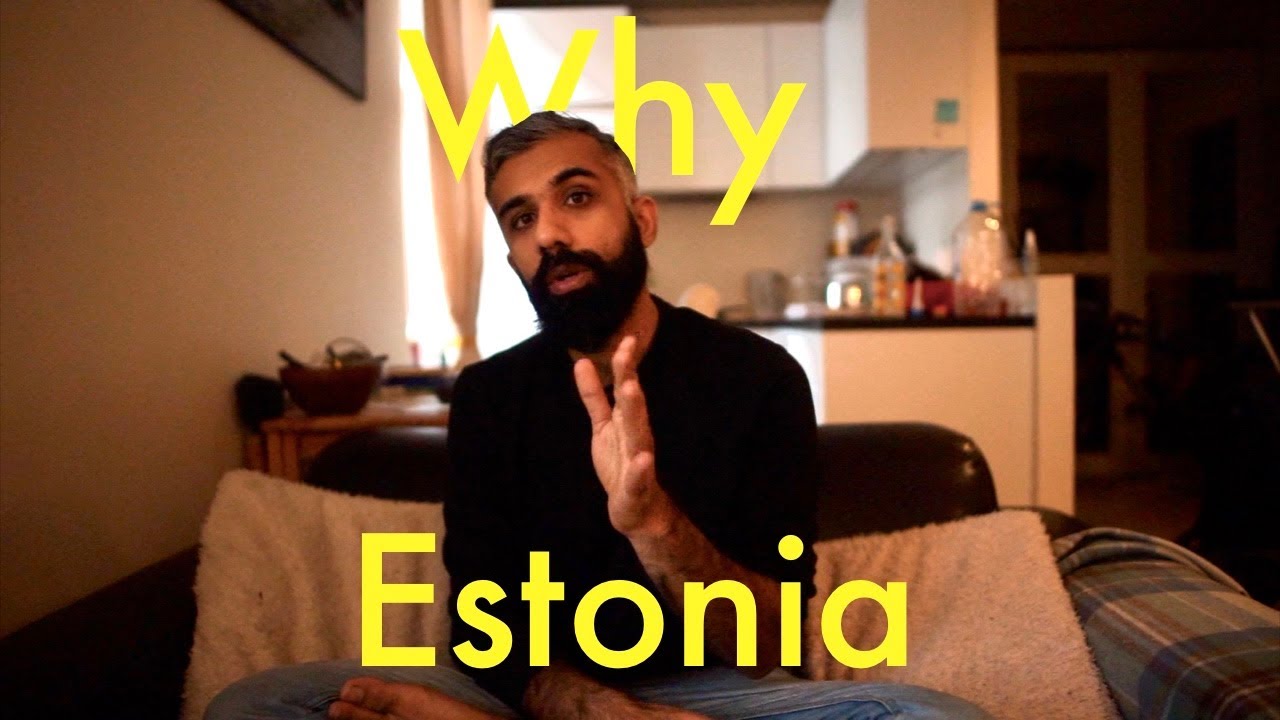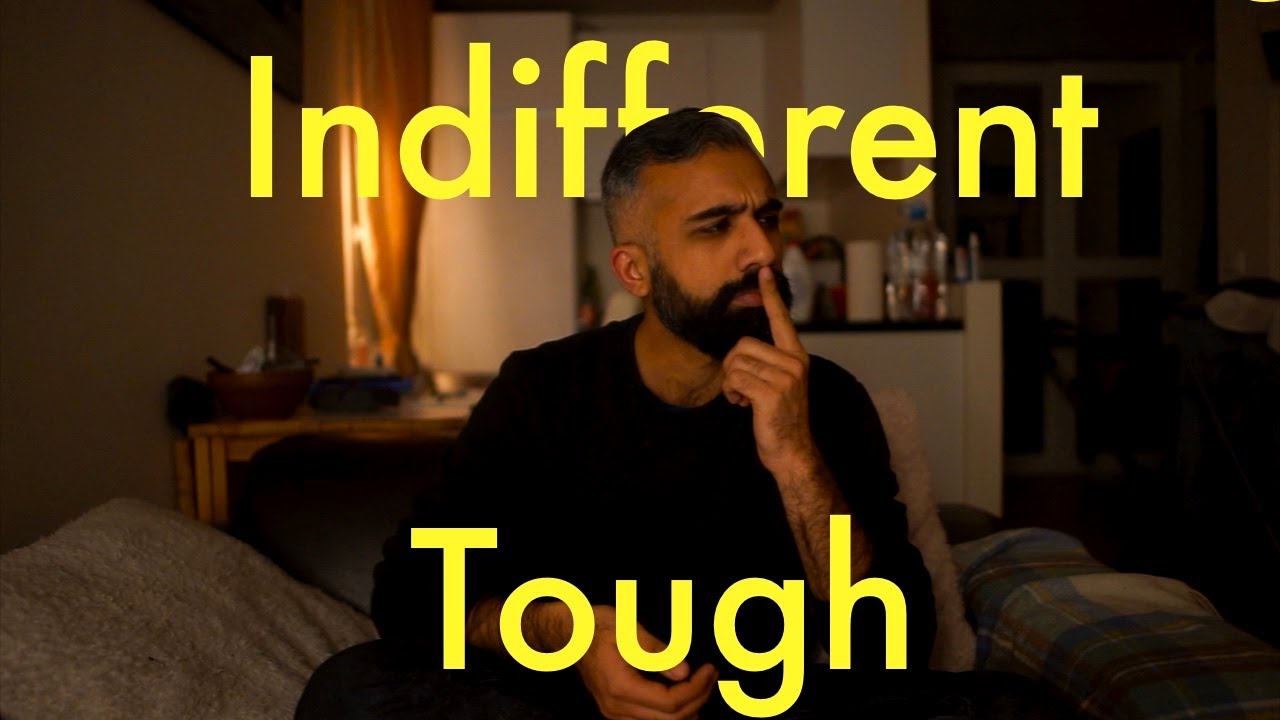Life in Estonia for Foreigners | Ep:04: Estonia Language

Why Learning Estonia Language Is Hard?
“Is Estonian even a real language, or did someone just mash the keyboard?”
That was my first thought when I saw the word “öö” — which means “night” in Estonian language. Two dots, no consonants, and apparently very serious.
Six years ago, I moved from Lahore, Pakistan to Estonia — a country with more forests than people and more vowel combinations than I knew possible. In this fourth episode of my Life in Estonia for Foreigners series, let’s tackle the language barrier — what Estonian sounds like, why it’s hard, and whether you really need to learn it to survive in Estonia.
Spoiler: You can survive without it. But you’ll never truly belong.
“Estonian isn’t just a language. It’s a national treasure.”
1. What Even Is Estonian?
Let’s get the basics out of the way. Estonian is part of the Finno-Ugric language family — a lonely club that includes Finnish and Hungarian. That means it shares almost nothing with other European languages.
In short:
- Learning French helps with Spanish.
- Learning Estonian helps… with Finnish.
- Otherwise, you’re starting from scratch.
Even simple words surprise you. For example:
- “No” in most languages has an N sound.
- In Estonian, it’s “ei”.
This is not just trivia. It’s a daily reality for anyone trying to learn the language while building a new life in Estonia.
2. How Hard Is Estonian to Learn?
According to the U.S. Foreign Service Institute, Estonian is in Category IV — among the top five most difficult languages to learn for English speakers. On average, it takes about 1,100 hours to become proficient.
Why?
One word: 14 noun cases.
Let me show you:
- “Train” = rong
- “In the train” = rongis
- “With the train” = rongiga
There are no shortcuts — the first 3 cases must be memorized. Only then do the patterns start making sense. It’s humbling.
3. Do You Really Need Estonian to Live in Estonia?
Technically? No.
You can get by with:
- English in tech/startups
- Russian in many local communities
- Smiles and gestures in grocery stores
But let’s be honest — getting by isn’t the same as fitting in.
Here’s the kicker: Estonians are deeply proud of their language. Even a single sentence in Estonian will light up a local’s face. I once met former President Kersti Kaljulaid, and the first thing she asked me was, “Kui palju eesti keelt sa tead?” (“How much Estonian do you know?”)
I replied: “Natukene” — just a little.
And I’ve been trying to level up ever since.
If you want to:
- Work in government or customer-facing roles
- Form deeper friendships
- Attend cultural events without feeling lost
…then Estonian is not optional. It’s the key that unlocks the real Estonia.
4. How to Actually Learn Estonian (Without Losing Your Mind)
There are two routes:


Best self-learning resource:

Bonus: You can get 30 days of premium free with the referral link I shared in the video.
Other self-learning hacks:
- Watch Estonian TV shows
- Listen to Estonian music
- Absorb everyday phrases from conversations (“Nohh…”, “Oota korraks…”) even if you don’t know what they mean — your brain learns emotion before grammar.
Best group-learning options in Estonia:
- Free Integration Courses – Provided by the government. (Search for Settle in Estonia website.)
- Private Language Schools – More effective, flexible, and better quality overall. Many are reimbursed if certified by the Estonian Ministry of Education (check innov.ee).
Pro tip: If you pass your A2/B1/B2 language exams, you may be eligible for a partial refund of your tuition. So don’t cheap out — invest in your Estonian.
“You don’t need Estonian to survive here. But without it, you’ll always feel like a visitor.”
Learning Estonian is hard. No sugarcoating that.
But it’s also one of the most meaningful things you can do if you’re serious about your life in Estonia.
You’ll:
- Earn respect
- Build friendships
- Understand jokes
- Read signs
- And one day… surprise a local with a perfectly timed “Tere tulemast!” (“Welcome!”)
You don’t have to be fluent.
You just have to try.
That effort?
It makes all the difference.




